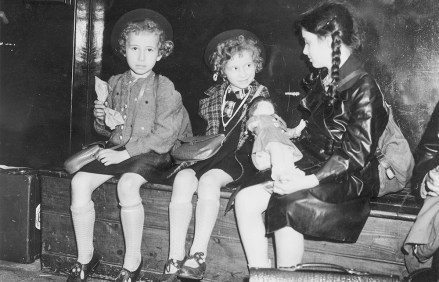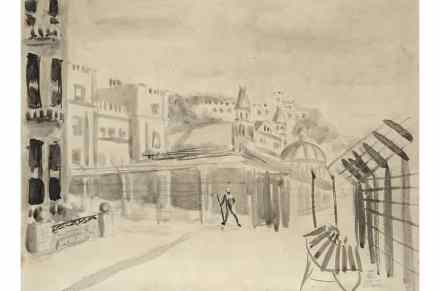The misery of the Kindertransport children
On the night of 9 November 1938, across Germany and Austria, Jews were attacked and their synagogues and businesses set on fire. In the days that followed Kristallnacht, a scheme was put in place to save children from Nazi persecution. Known as the Kindertransport, it would, over the following ten months, bring 10,000 children to the UK. The Kindertransport – the word refers both to the means of transport and to the overarching programme – has always been regarded as a symbol of British generosity towards those in peril and seeking asylum. But it was all rather more complicated, as Andrea Hammel sets out to show. There have been innumerable



